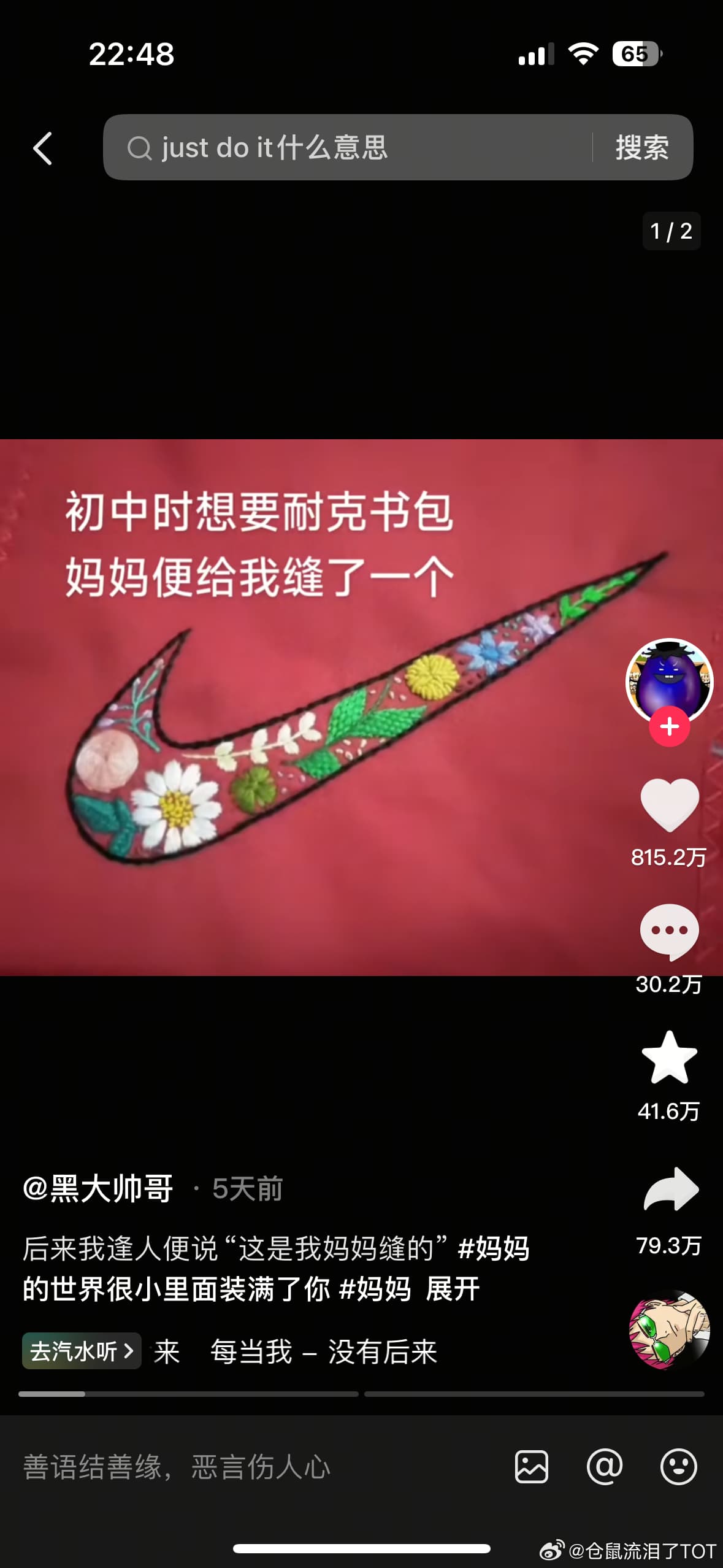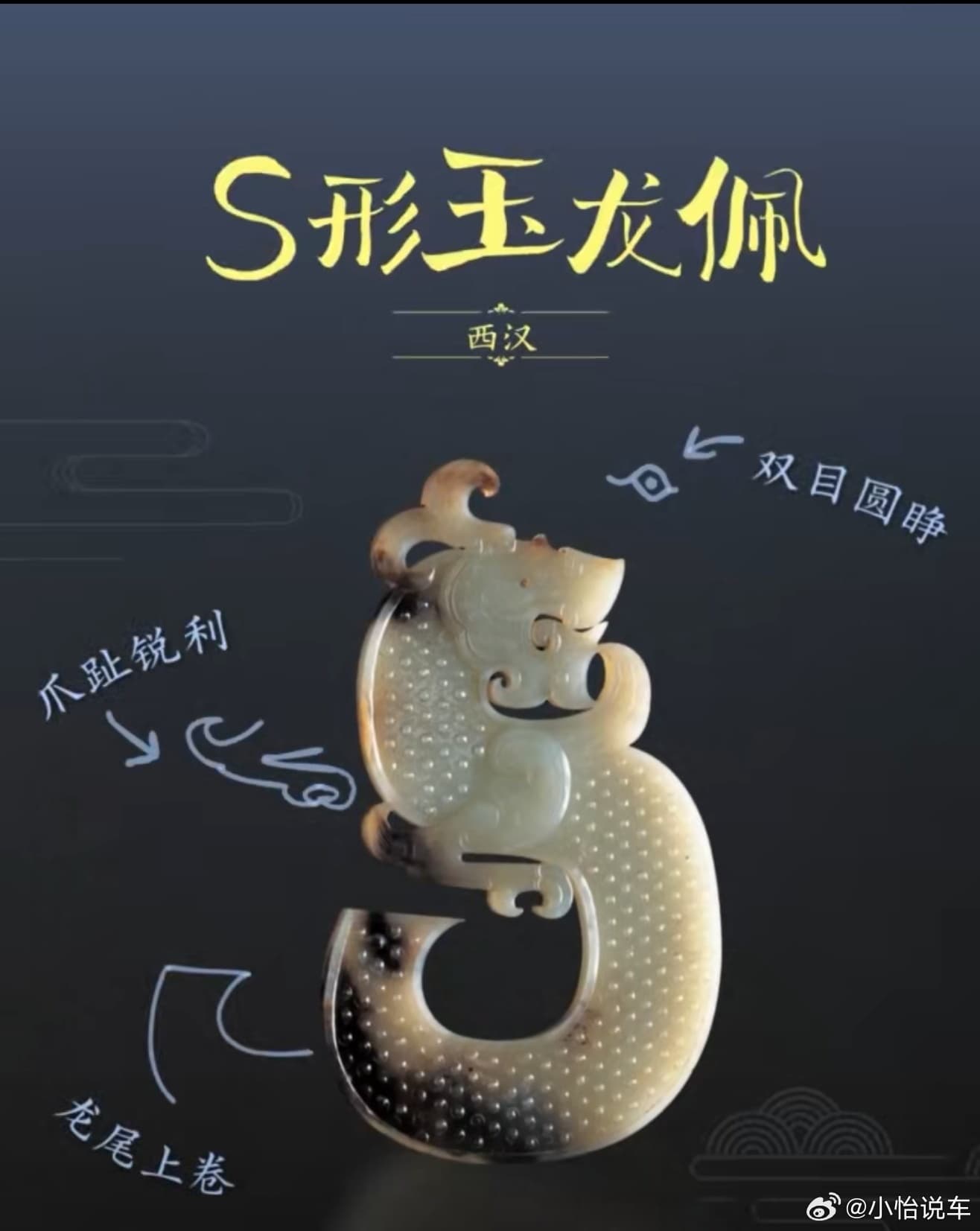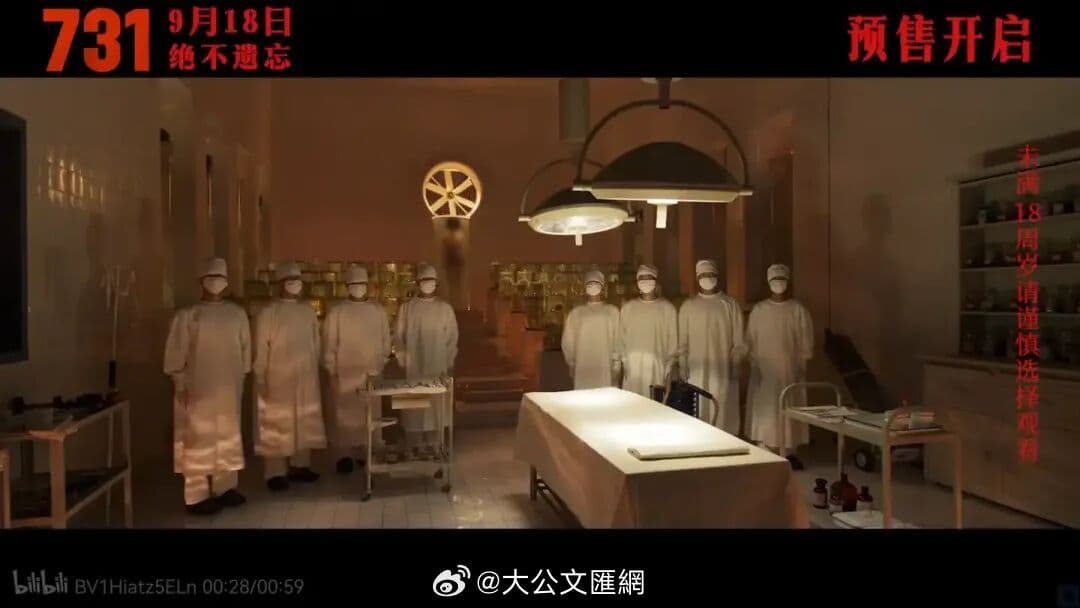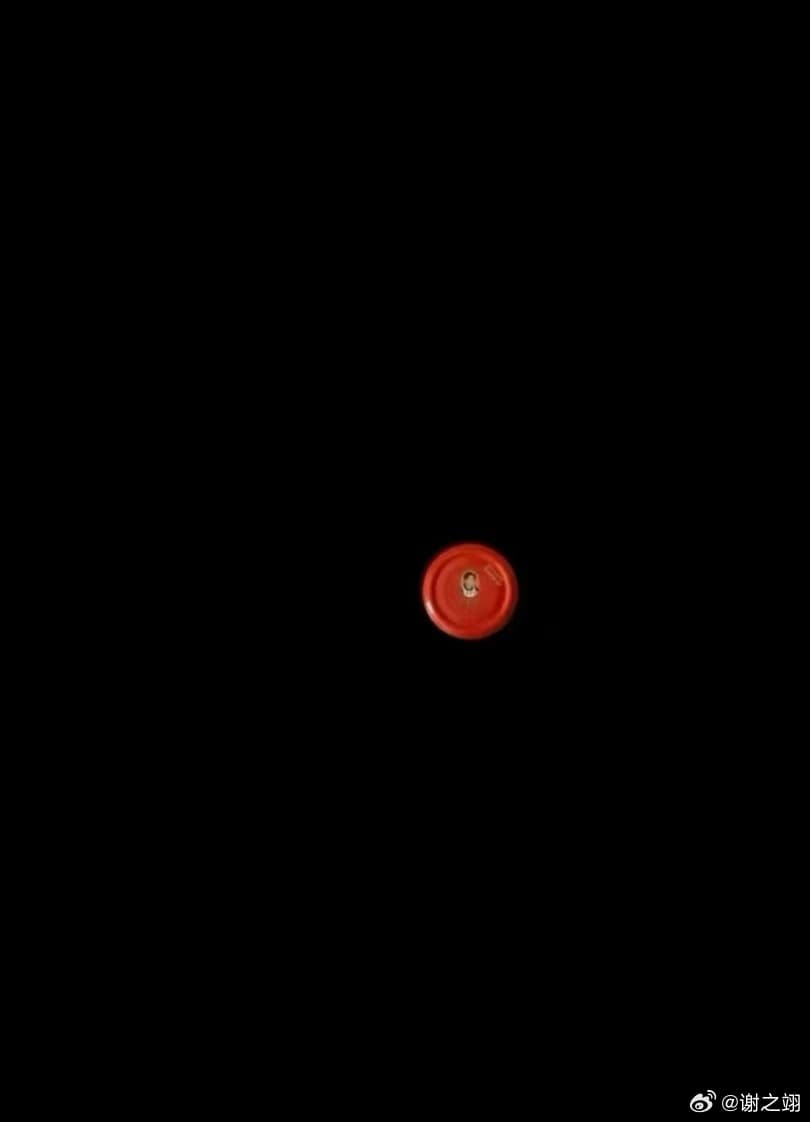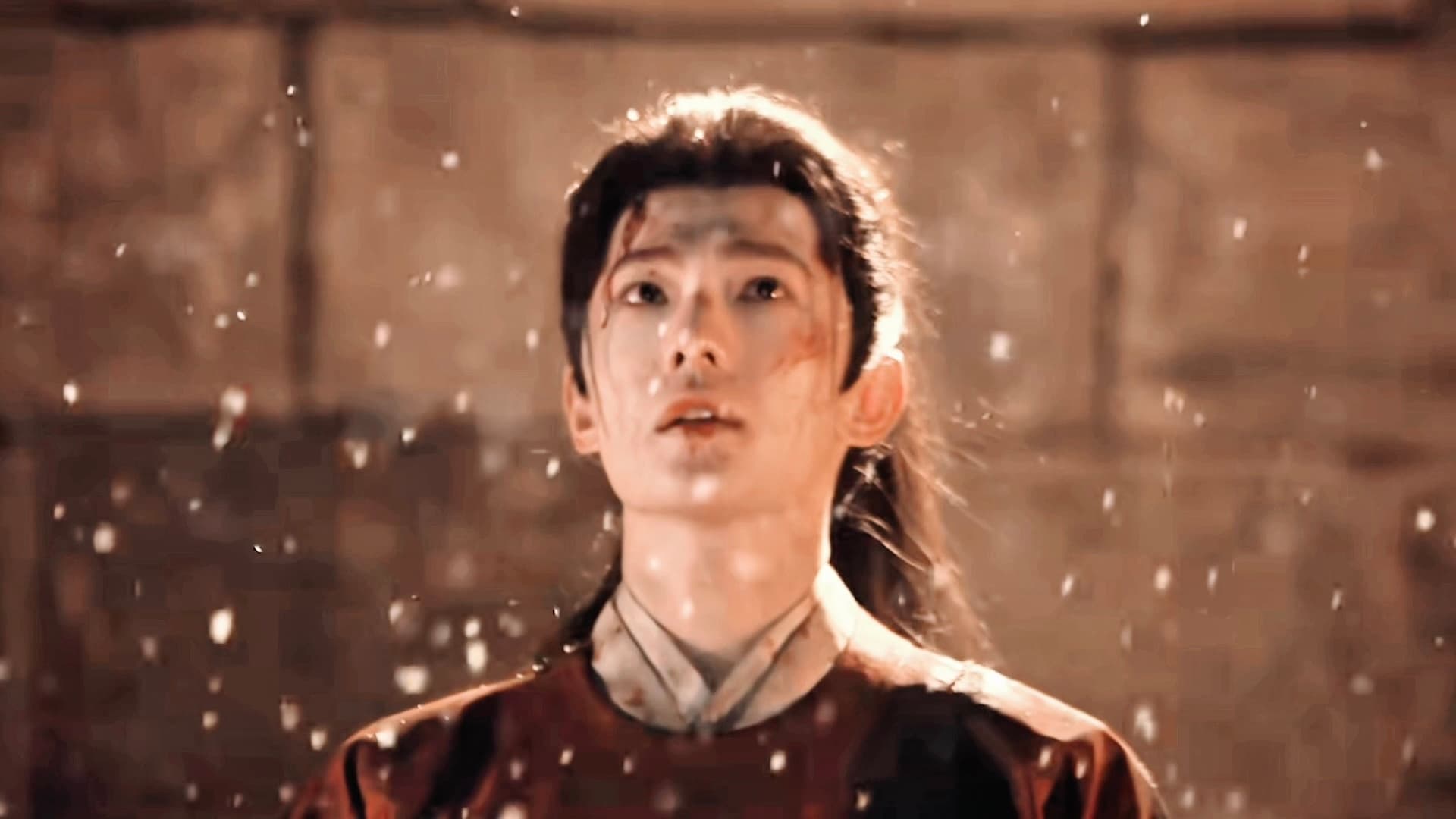Spring Couplets: A Timeless Tradition for the Lunar New Year
The Lunar New Year, also known as the Spring Festival, is a time of celebration and tradition in China. One of the most beloved customs is the hanging of Spring Couplets, or "Chunlian," on doors and walls to welcome the new year and bring good luck. With a history dating back over a thousand years, the practice has evolved to include various methods of hanging the couplets, which consist of two poetic lines that express wishes for good fortune, health, and prosperity.
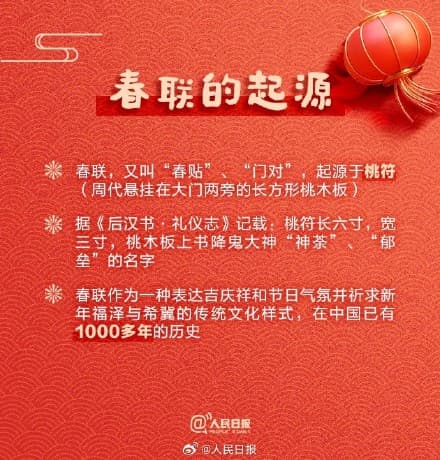
7 February 2024
As the country prepares for the Year of the Dragon, a popular Chinese zodiac sign symbolizing power, strength, and good luck, the tradition of hanging Spring Couplets has become even more cherished. People eagerly await the arrival of the Lunar New Year to share this time-honored custom with their loved ones and the wider community.
Throughout Chinese history, the tradition of hanging Spring Couplets has been mentioned in various ancient texts, including the "Book of Poetry" and the "Book of Rites." However, it was during the Han Dynasty (206 BC - 220 AD) that the practice gained significant prominence, with the use of specially designed "Peach Wood Tablets" on which to write the poems.
Initially, the couplets were only six characters long, often written in calligraphy on colorful paper or silk. But as time passed, the tradition evolved, and today, people can choose from various formats, such as vertical hanging, horizontal placement, or even wrapping the couplets around objects like lanterns or peachwood branches to create a more festive atmosphere.
There are two main methods of hanging Spring Couplets. The first method is known as the "Vertical Dividing Method," which requires the upper part of the couplet to be placed on the right side of a door or wall, while the lower part should be placed on the left side. This follows the traditional way of writing Chinese characters from right to left. However, due to the influence of modern writing styles, it is now common for people to hang the couplets in the opposite direction.
The second method, known as the "Tone Differentiation Method," involves classifying the tones of the last character in each line of the couplet. The last character in the upper part of the couplet should be a third or fourth tone (仄声), while the last character in the lower part should be either a first or second tone (平声). This method, which dates back to the Qing Dynasty (1644-1912), adds a layer of complexity to the art of creating Spring Couplets.
In recent years, the tradition of hanging Spring Couplets has been transformed by modern technology and social media. Contests and campaigns are often organized to encourage people to share their creative interpretations of Spring Couplets, using photography, video, and other forms of multimedia to showcase the vibrant colors and unique designs that adorn doors and walls throughout the country.
One such contest is the "Imagination: Super Photography Contest," organized by OPPO, a popular smartphone brand in China. Participants are invited to capture the essence of the Lunar New Year through their smartphone cameras, using photos and videos to create a visual narrative of the festive season. Prizes include international air tickets, OPPO Find X7 smartphones, and Enco X2 wireless headphones.
Another popular initiative is "See You in New Year: Red Packets and Couplets," organized by OPPO stores nationwide. Customers who visit participating stores during the Lunar New Year period can receive complimentary red packets and Spring Couplets, as well as participate in a lucky draw for a chance to win a range of prizes, including OPPO products and discounts on purchases.
As the countdown to the Year of the Dragon begins, the tradition of hanging Spring Couplets remains a cherished symbol of unity, joy, and hope for the future. With each passing year, the custom continues to evolve, weaving together old traditions and modern innovations to create a rich and colorful tapestry that tells the story of China's vibrant culture.
As people across the country prepare to celebrate the Lunar New Year, they will adorn their homes and businesses with colorful Spring Couplets, sharing in the time-honored custom that has brought joy and good fortune to generations of Chinese people. Whether using traditional methods or embracing new technologies, the custom of hanging Spring Couplets remains an enduring symbol of the resilience and creativity of the Chinese spirit.
#LunarNewYear
#SpringCouplets
#YearOfTheDragon
Image Descriptions:
- A family hanging Spring Couplets on their front door. The couplets are written in beautiful calligraphy on red paper, which is a traditional color associated with good luck, happiness, and prosperity.
- A display of various Spring Couplets featuring different designs, colors, and styles. Some are written on traditional red paper, while others are made from colorful fabrics, with intricate embroidery and beadwork embellishments.
- A close-up of a Spring Couplet featuring a dragon design, symbolizing strength, prosperity, and good luck. The characters are written in bold, black ink, with each stroke of the brush creating a sense of movement and energy.
- A group of children participating in a Spring Couplet writing contest. They are using calligraphy brushes to create their own couplets, while an instructor provides guidance and encouragement.
- A photograph taken during the "Imagination: Super Photography Contest" organized by OPPO. The image showcases a colorful display of Spring Couplets, lanterns, and other festive decorations, all captured through the lens of a smartphone camera.
- A close-up of a Spring Couplet written in the "Tone Differentiation Method." The last character of the upper part is written in a third or fourth tone, while the last character of the lower part is written in a first or second tone.
- A Spring Couplet featuring a tribute to the Year of the Dragon. The characters are written in bold, black ink, with the dragon design created using delicate gold foil to add a touch of opulence and elegance to the piece.
- A group of friends and family members gathered around a table, writing their own Spring Couplets. They are using traditional calligraphy tools, such as inkstones, ink brushes, and paper, to create personalized couplets that express their wishes for the new year.
- A store display featuring Spring Couplets, red packets, and other festive decorations. The store is inviting customers to visit during the Lunar New Year period to participate in its "See You in New Year" campaign and have a chance to win prizes.
- A photograph taken during a lion dance performance, a popular tradition that often takes place during the Lunar New Year. The lion dance is a symbol of good luck, prosperity, and fortune, and its vibrant colors and energetic movements are a perfect complement to the festive atmosphere of the Spring Couplets tradition.
